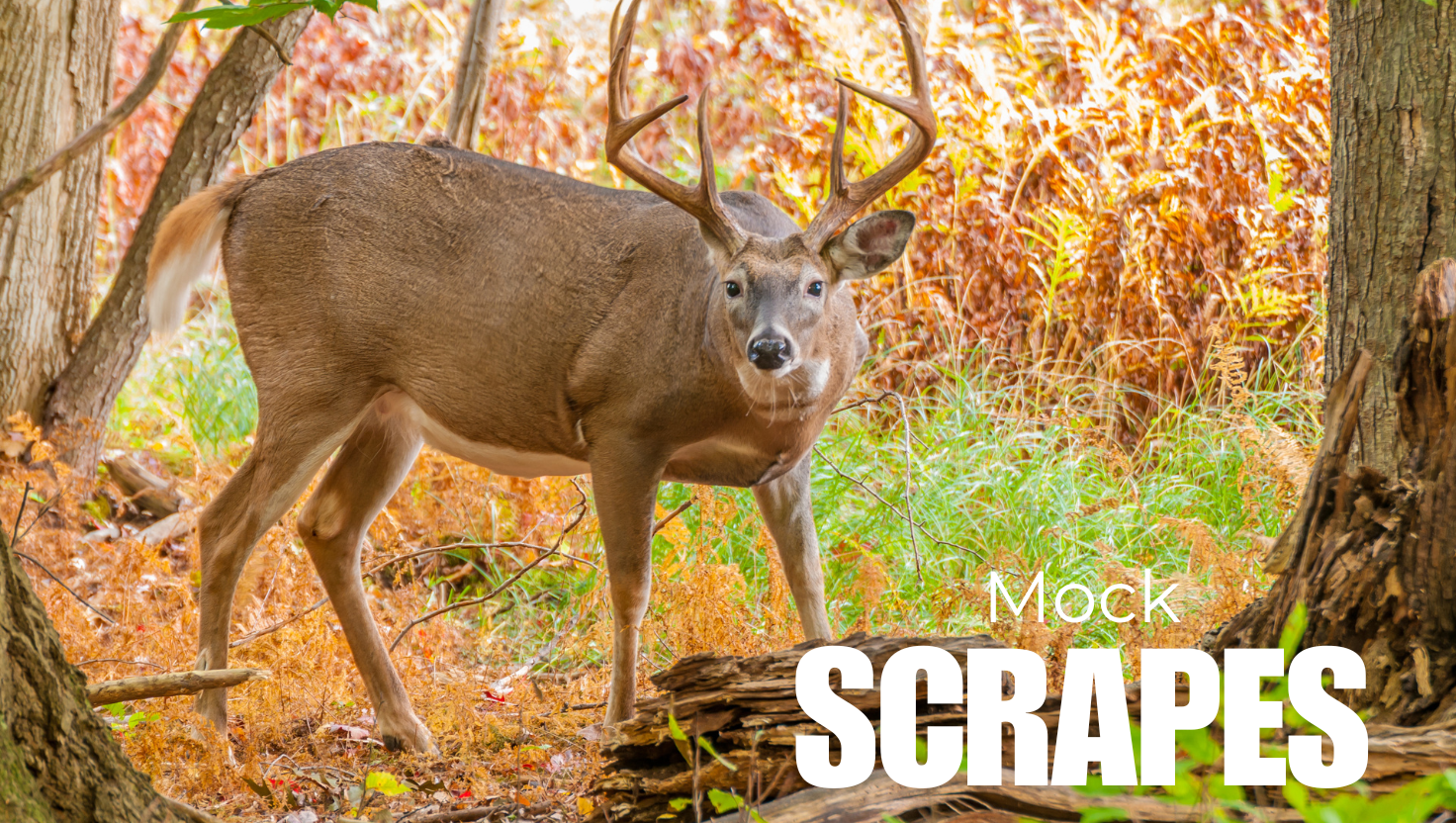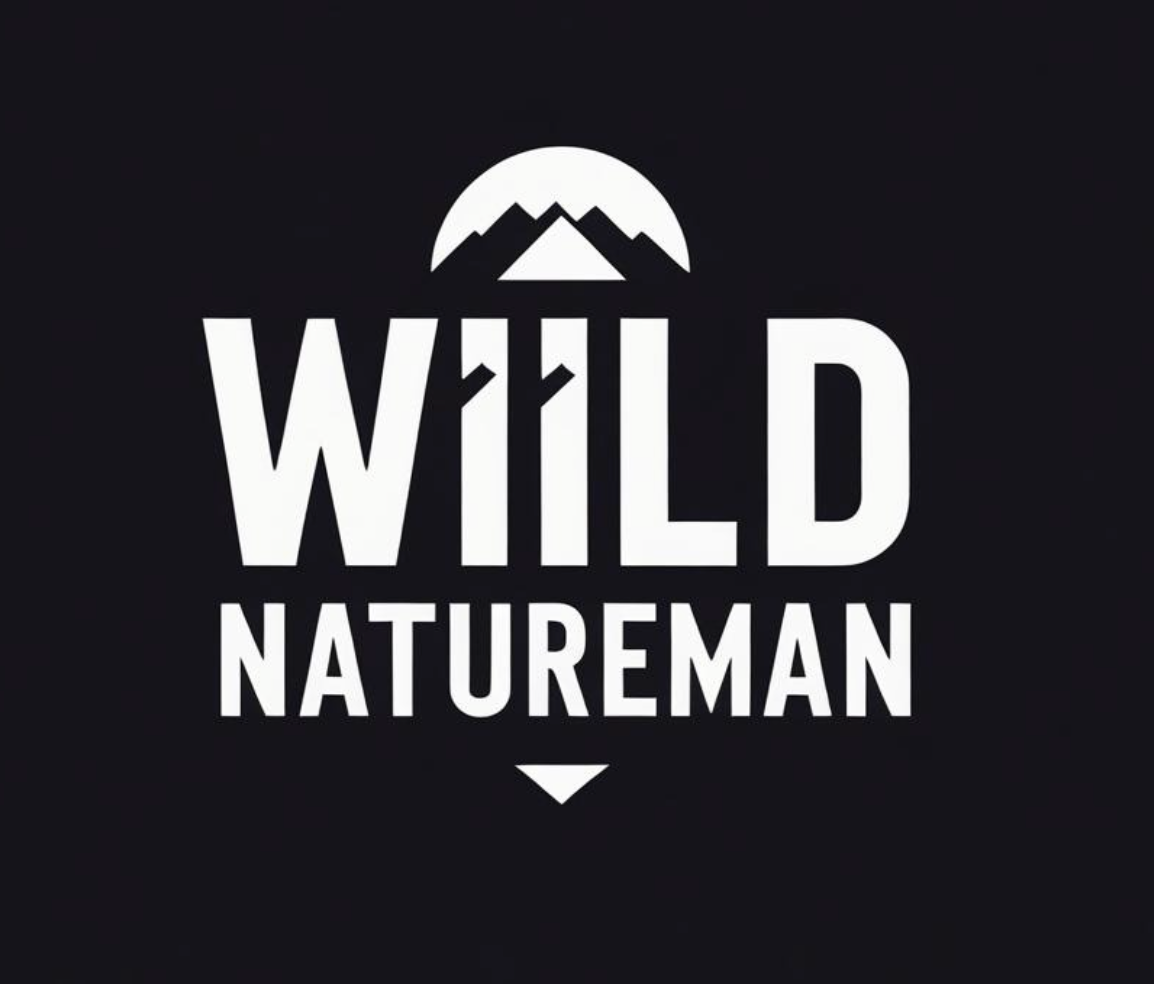Mock Scrapes: The Ultimate Guide to Triggering Pre-Rut Bucks

Keywords: mock scrapes, deer hunting, whitetail behavior, pre-rut tactics, scent communication, scrape drippers, deer attractant
What Is a Mock Scrape?
A mock scrape is a man-made imitation of a natural deer scrape—essentially a communication hotspot where deer, especially bucks, leave scent to mark territory, check for does, and assess rival presence. Mock scrapes are used by hunters to manipulate deer movement, monitor activity, and ultimately get mature bucks within bow range.
Think of it like a whitetail bulletin board: bucks visit to leave and read messages—urine, glandular scent, and hoof marks all play a role.
Why Mock Scrapes Work
Mock scrapes capitalize on natural deer behavior, especially in the pre-rut and rut phases. Bucks become territorial and hormonally charged, looking to assert dominance and locate does. When they find a scrape, especially one with fresh scent, they can’t resist investigating.
Here’s why they’re effective:
- Curiosity: Deer are drawn to new scents and disturbed ground.
- Territorial Instinct: Bucks want to dominate areas with scrape activity.
- Social Hierarchy: Scrapes communicate dominance and breeding readiness.
- Year-Round Use: Bucks often check scrapes all season, not just during the rut.
When to Start Using Mock Scrapes
Best Time to Start: Late September to early October (pre-rut). Bucks begin laying down scrapes and checking others well before the actual rut kicks in.
However, they can be used:
- Pre-Season: To pattern bucks via trail cameras.
- Pre-Rut: To establish consistent travel routes.
- Rut: To pull cruising bucks in range.
- Post-Rut/Winter: For continued inventory and scouting.
How to Make a Mock Scrape (Step-by-Step)
Step 1: Pick the Right Location
- Inside transition zones, staging areas, or travel corridors.
- Along field edges, logging roads, or natural funnels.
- Near bedding, but never too close—you don’t want to blow them out.
Step 2: Create a Licking Branch
- Deer always use a licking branch over a scrape.
- Find a branch 3–5 feet off the ground.
- If one isn’t present, zip-tie one or break a branch from another tree.
Step 3: Clear the Ground
- Scrape away leaves and debris in a 2–3 ft circle under the licking branch.
- Use a stick or rake (wear gloves to avoid scent contamination).
Step 4: Add Scent
- Use synthetic deer urine, buck tarsal scent, or doe estrus depending on timing.
- Products like Code Blue, Buck Fever, Tinks, or Smokey’s are popular.
- Apply scent to the branch and ground, mimicking a real scrape site.
Tip: Use rubber gloves and scent-free boots to avoid human contamination.
Step 5: Use a Scrape Dripper (Optional)
- Scrape drippers release scent only during daylight hours when it warms up.
- This conditions bucks to check during legal hunting times.
Best Scents for Mock Scrapes
- Pre-Rut: Buck urine, pre-orbital gland, mock gland scents.
- Rut: Doe-in-estrus scent combined with buck urine.
- Post-Rut: Return to buck urine or scrape maintenance scent.
Avoid using estrus too early—it can tip off mature bucks that something's off.
Trail Cameras + Mock Scrapes = Powerful Intel
Mount a cellular or motion-activated trail camera over your mock scrape. This allows you to:
- Pattern mature bucks
- See what time deer are most active
- Watch who visits your scrape and how often
This intel is key to planning ambushes when the time is right.
Pro Tips to Maximize Success
- Don’t overdo it: One or two well-placed scrapes per area is enough.
- Refresh regularly: Especially after rain.
- Stay scent-free: Use scent-killing spray, gloves, and rubber boots.
- Monitor wind: Always approach downwind and leave minimal trace.
- Use mock scrapes to pull bucks into range of pre-set stands or ground blinds.
Final Thoughts
Mock scrapes are one of the most underrated tools in a deer hunter’s toolkit. When done right, they allow you to influence deer behavior, gain critical patterning intel, and increase your odds of a shot at a mature buck.
If you’re not using mock scrapes yet, you’re leaving success up to chance. Set one up this season—and let the deer do the work for you.
Want more hunting tips, gear reviews, and DIY tactics like this? Follow @wildnatureman on Instagram.

